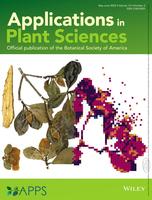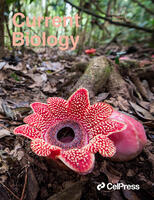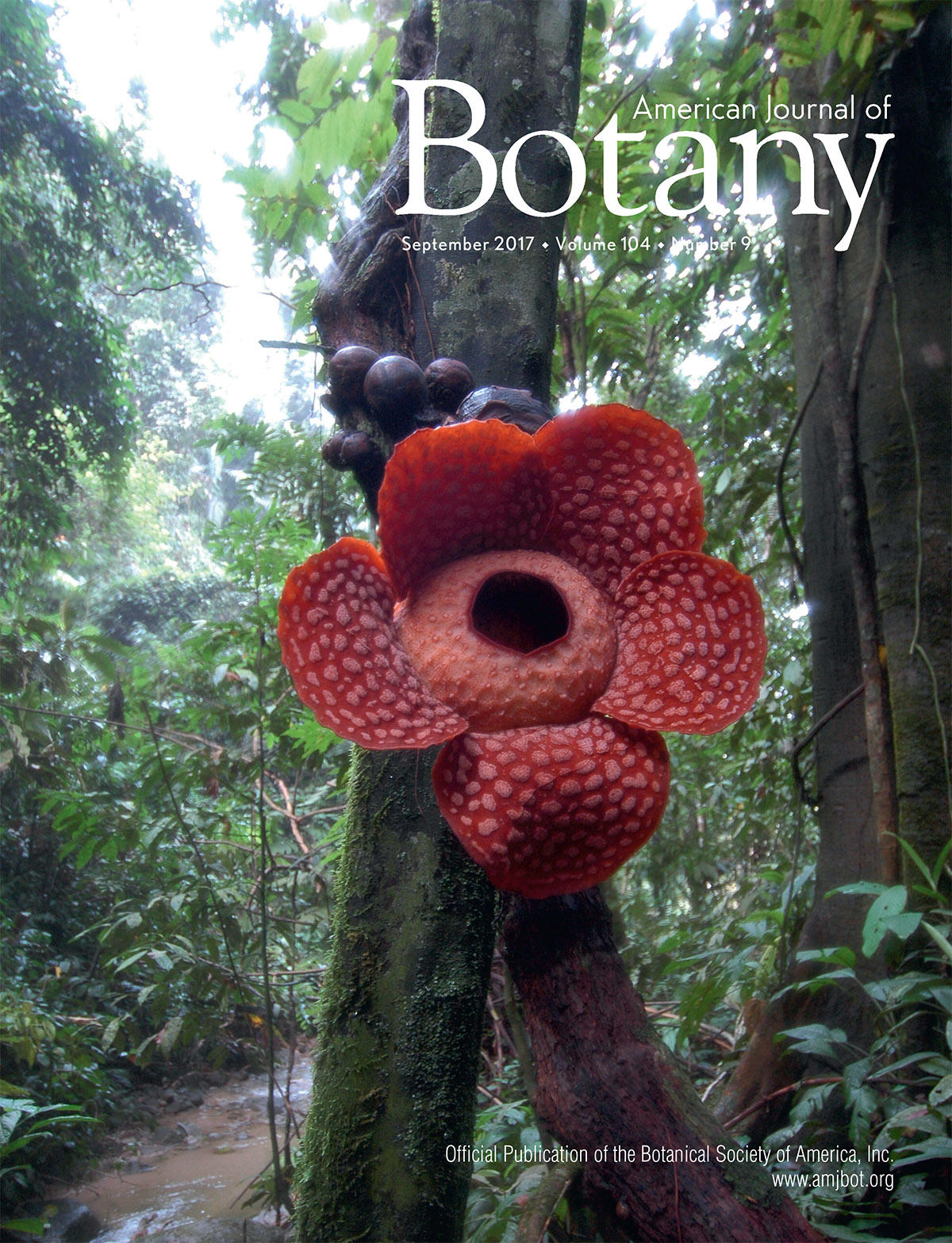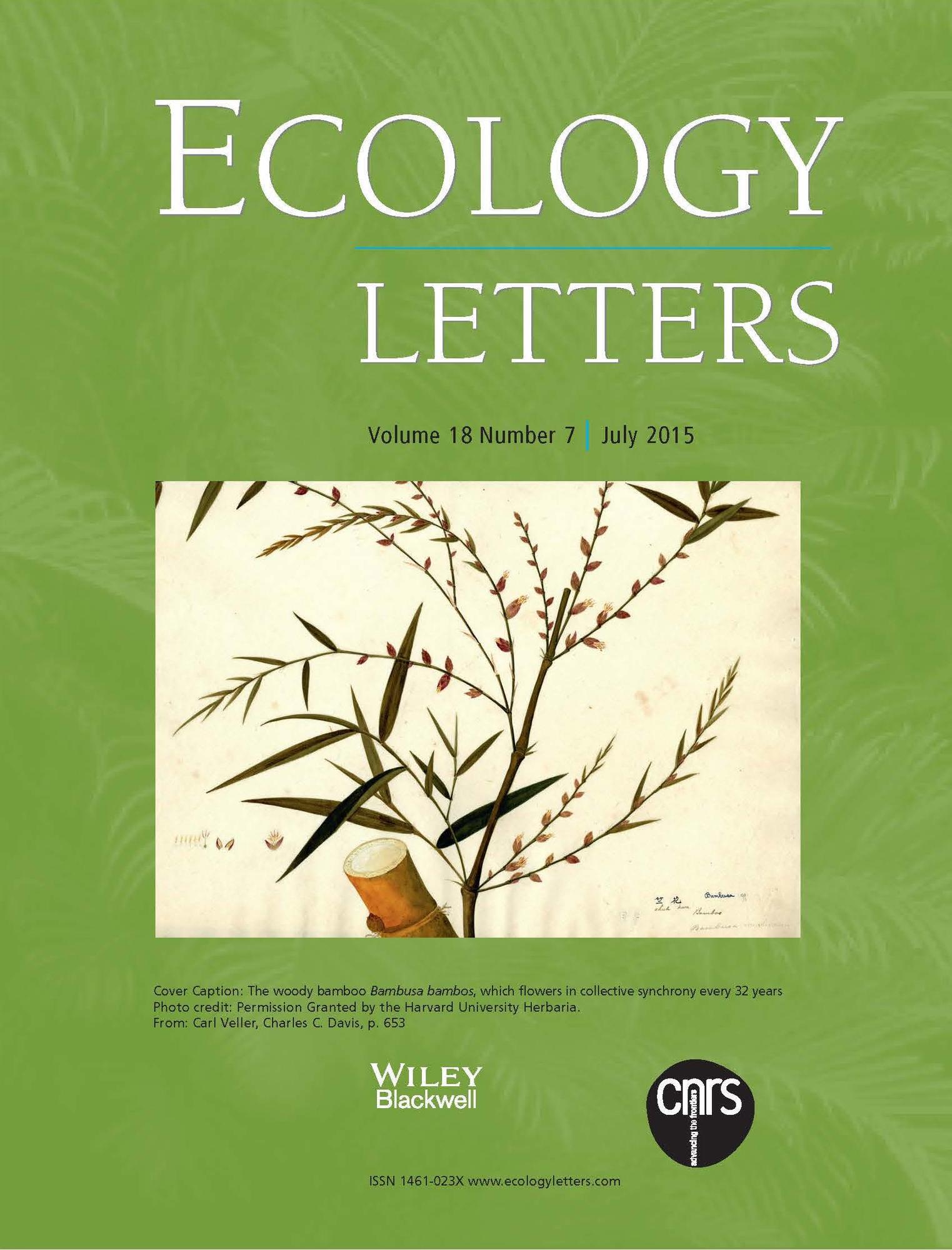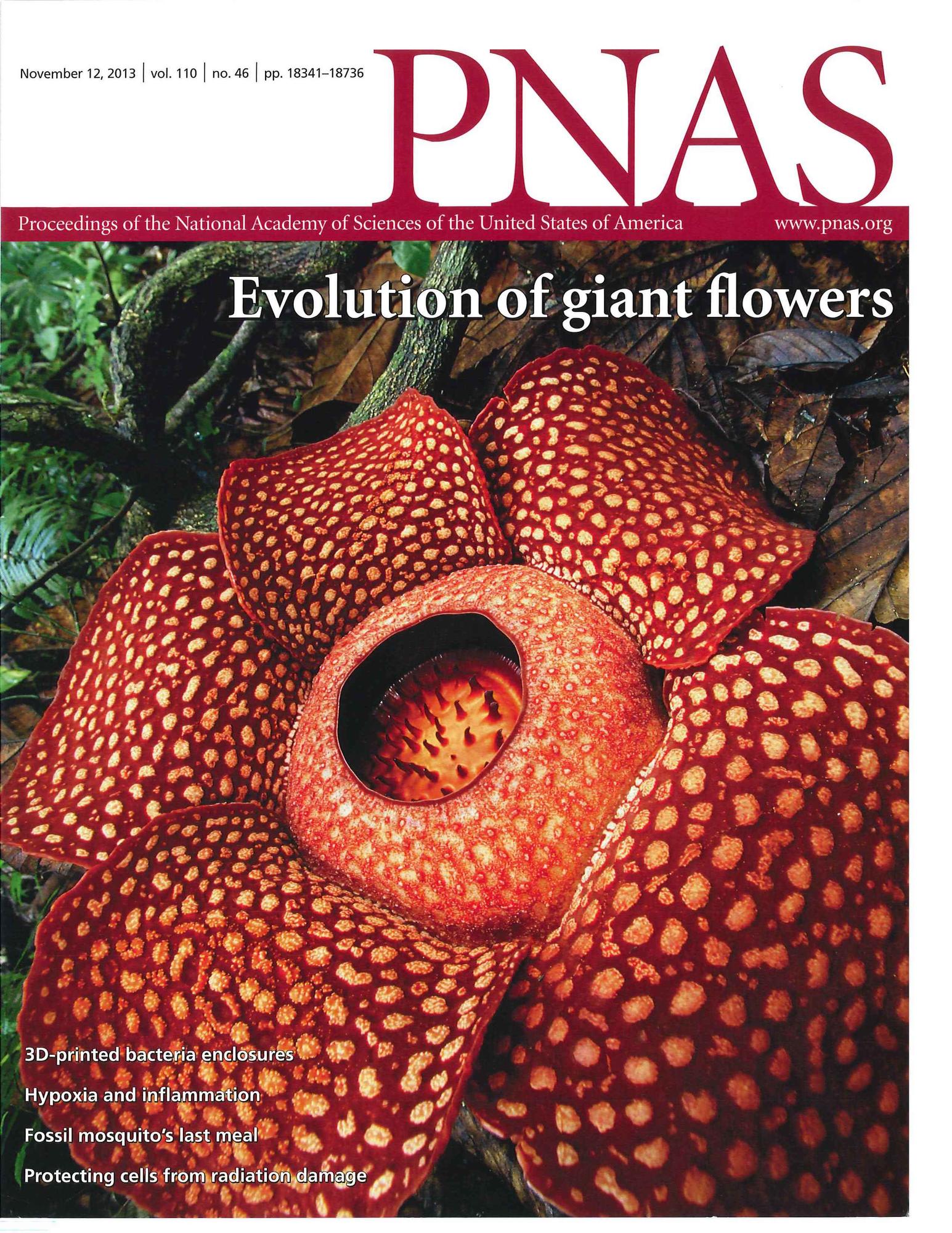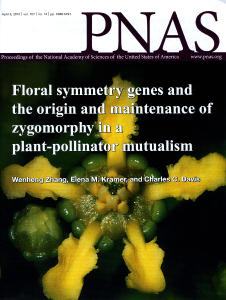Citation:
| 163 KB |
Abstract:
Plastid matK and a fragment of the low-copy nuclear gene PHYC were sequenced for 30 genera of Phyllanthaceae to evaluate tribal and generic delimitation. Resolution and bootstrap percentages obtained with matK are higher than that of PHYC, but both regions show nearly identical phylogenetic patterns. Phylogenetic relationships inferred from the independent and combined data are congruent and differ from previous, morphology-based classifications but are highly concordant with those of the plastid gene rbcL previously published. Phyllanthaceae is monophyletic and gives rise to two well-resolved clades (T and F) that could be recognized as subfamilies. DNA sequence data for Keayodendron and Zimmermanniopsis are presented for the first time. Keayodendron is misplaced in tribe Phyllantheae and belongs to the Bridelia alliance. Zimmermanniopsis is sister to Zimmermannia. Phyllanthus and Cleistanthus are paraphyletic. Savia and Phyllanthus subgenus Kirganelia are not monophyletic.
Notes:
Samuel, RosabelleKathriarachchi, HashendraHoffmann, PetraBarfuss, Michael H JWurdack, Kenneth JDavis, Charles CChase, Mark Weng2005/01/01 00:00Am J Bot. 2005 Jan;92(1):132-41. doi: 10.3732/ajb.92.1.132.

